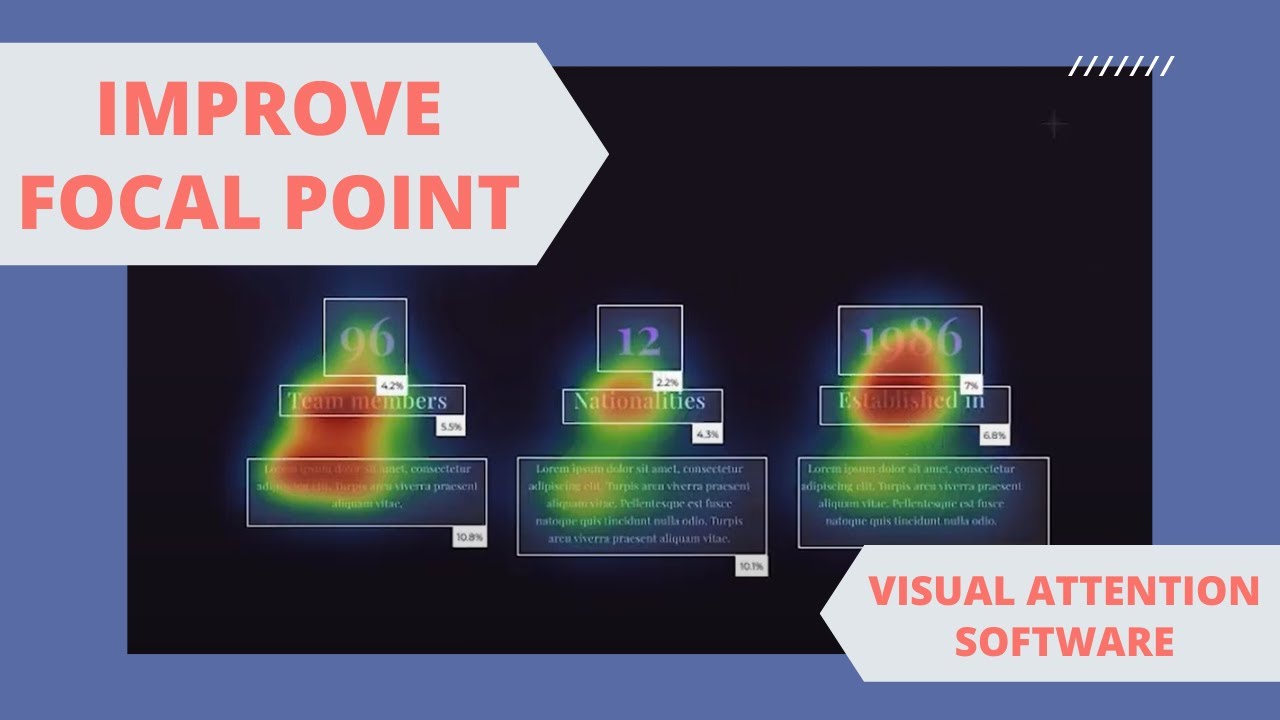Starting with attentive software, this innovative technology is reshaping how industries operate by enhancing productivity and user experience. With its unique features and benefits, attentive software is becoming a game-changer in the software landscape.
Definition of Attentive Software

Attentive software refers to a type of program designed to actively monitor and respond to user needs and preferences in real-time. Its primary purpose is to enhance user experience by adapting to individual behaviors and providing personalized solutions.
Key features of attentive software include:
– Real-time monitoring: Constantly analyzing user interactions and adjusting responses accordingly.
– Personalization: Customizing content and services based on user preferences and past behaviors.
– Proactive assistance: Anticipating user needs and offering suggestions or solutions before they are requested.
– Adaptive learning: Continuously improving performance through machine learning algorithms that adapt to changing user patterns.
Attentive software differs from traditional software programs in that it goes beyond basic functionality to actively engage with users, anticipate their needs, and provide tailored experiences. While traditional software may require manual input and follow pre-defined rules, attentive software leverages AI and machine learning to dynamically adjust to each user’s unique requirements.
Benefits of Using Attentive Software
Attentive software offers various advantages across different industries, enhancing user experience, productivity, and efficiency.
Improved User Experience
- Personalization: Attentive software can analyze user behavior and preferences to provide tailored recommendations and content, improving overall user satisfaction.
- Real-time Feedback: By monitoring user interactions, attentive software can provide immediate feedback, helping users navigate through processes more effectively.
- Automated Assistance: Through chatbots and virtual assistants, attentive software can offer instant support and guidance to users, enhancing their experience.
Enhanced Productivity and Efficiency
- Workflow Automation: Attentive software streamlines workflows by automating repetitive tasks, reducing manual effort and increasing efficiency.
- Data Analysis: By analyzing large volumes of data quickly and accurately, attentive software enables businesses to make informed decisions faster.
- Performance Monitoring: Attentive software can track performance metrics in real-time, allowing organizations to identify issues promptly and optimize processes for better outcomes.
Implementation of Attentive Software

Integrating attentive software into existing systems requires careful planning and execution to ensure a smooth transition and maximize its benefits.
Steps for Integrating Attentive Software
- Assess Current Systems: Evaluate the current systems and processes to identify areas where attentive software can be integrated for improved efficiency and productivity.
- Choose the Right Software: Select a reputable and reliable attentive software solution that aligns with the specific needs and goals of your organization.
- Customize and Configure: Work with the software provider to customize and configure the software according to your requirements and preferences.
- Training and Onboarding: Provide adequate training and onboarding sessions for employees to ensure they are familiar with the software and its functionalities.
- Testing and Optimization: Conduct thorough testing of the software in different scenarios and make necessary adjustments for optimal performance.
- Deployment: Roll out the attentive software gradually across different departments or teams to minimize disruption and monitor its impact.
Best Practices for Deploying Attentive Software
- Engage Stakeholders: Involve key stakeholders in the decision-making process and keep them informed throughout the implementation to gain their support.
- Set Clear Goals: Establish clear goals and metrics to measure the success of the attentive software implementation and track progress towards achieving them.
- Provide Ongoing Support: Offer continuous support and training to users to address any issues or questions that may arise during the deployment phase.
Potential Challenges and Solutions
- Resistance to Change: Address resistance from employees by communicating the benefits of the software and providing proper training and support.
- Data Security Concerns: Implement robust security measures to protect sensitive data and reassure stakeholders about the safety of the information stored in the software.
- Integration Issues: Work closely with IT teams and software providers to resolve any compatibility or integration issues that may arise during the implementation process.
Use Cases for Attentive Software
Attentive software can be utilized across various industries to enhance customer engagement, improve operational efficiency, and drive business growth. Let’s explore some real-world examples of companies benefiting from attentive software solutions.
Retail Industry, Attentive software
In the retail sector, attentive software is used to personalize customer experiences, send targeted promotions, and analyze customer behavior to optimize marketing strategies. Companies like Amazon and Sephora use attentive software to recommend products based on customer preferences and purchase history.
Healthcare Sector
Healthcare providers leverage attentive software to streamline patient communication, manage appointments efficiently, and provide personalized care recommendations. Hospitals like Mayo Clinic and Cleveland Clinic utilize attentive software to send appointment reminders, deliver test results, and offer virtual consultations.
Financial Services
Financial institutions use attentive software to enhance customer service, prevent fraud, and deliver personalized financial advice. Companies like Wells Fargo and Chase utilize attentive software to monitor account activity, detect suspicious transactions, and provide real-time alerts to customers.
Last Point

In conclusion, attentive software emerges as a powerful tool that not only streamlines processes but also elevates user satisfaction across various sectors. As industries continue to adopt this technology, the future looks promising with increased efficiency and effectiveness.
Detailed FAQs
What makes attentive software stand out?
Attentive software stands out for its focus on enhancing user interactions and optimizing operational workflows, setting it apart from traditional software programs.
How can attentive software benefit different industries?
Attentive software offers tailored solutions to various industries, boosting efficiency, improving user satisfaction, and driving growth through personalized experiences.
What challenges may arise during the implementation of attentive software?
Common challenges during implementation include system integration issues, employee resistance to change, and the need for comprehensive training to maximize the software’s potential.
